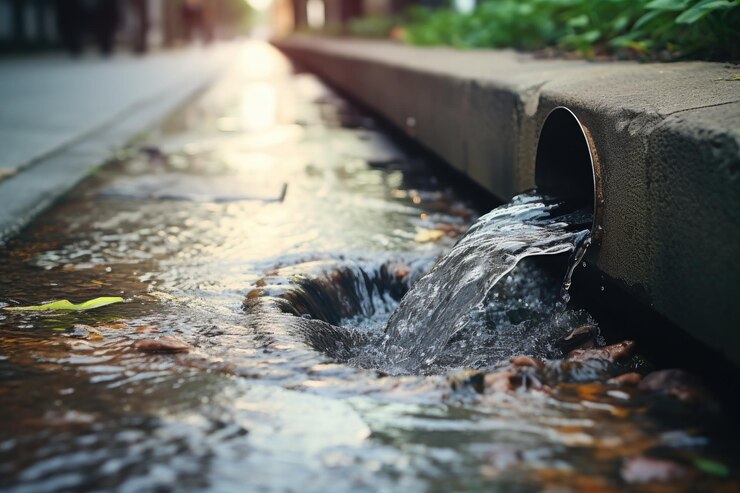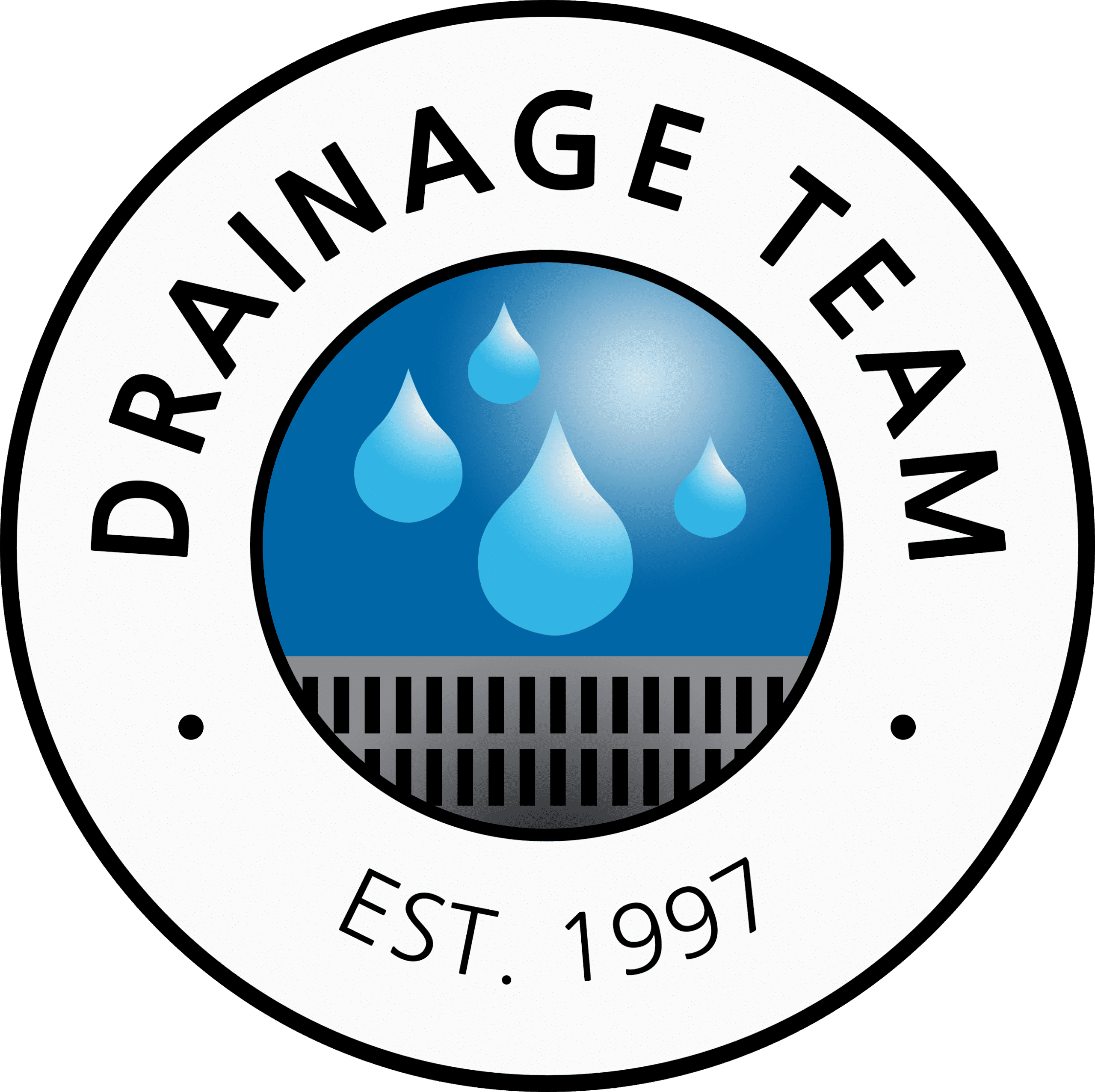As property owners and managers, we are increasingly facing the challenge of managing stormwater runoff, the excess rainwater that sweeps away sediment, pollutants, and debris as it flows over our properties. Uncontrolled stormwater runoff can lead to erosion, flooding, and even the contamination of nearby water bodies. As such, it is crucial for us to adopt best practices in stormwater management to protect our investments and mitigate environmental impacts. In doing so, we can contribute to the health of our local ecosystems while maintaining the value of our residential, commercial, and governmental properties.
In this comprehensive guide, we will explore various stormwater management techniques designed to protect your property from water damage and preserve local water quality and ecosystem health. We will discuss how green infrastructure, rain gardens, permeable pavements, and bioswales can be integrated into your property’s stormwater management strategy, ensuring a thoughtful, sustainable approach.
1. Understanding the Impact of Uncontrolled Stormwater Runoff on Your Property
Before diving into various stormwater management techniques, it is essential to grasp the potential consequences of uncontrolled stormwater runoff on your property:
– Erosion and soil loss: Fast-moving stormwater can lead to erosion and soil loss on your property, often causing the displacement of soil, plants, and other materials, as well as destabilizing slopes and exacerbating erosion issues.
– Flooding and water damage: Uncontrolled stormwater can result in localized flooding or ponding, potentially causing water infiltration, basement leaks, or even structural damage to your property.
– Contaminated water bodies: As stormwater flows over your property, it may pick up and carry pollutants such as sediment, nutrients, bacteria, and household chemicals into local water bodies, potentially harming aquatic life and water quality.
– Overburdened sewer systems: In urban areas, stormwater can strain sewer systems, causing overflows and further exacerbating flooding and environmental issues.
2. Green Infrastructure: Building a Sustainable Stormwater Management System
Green infrastructure refers to the use of natural or engineered techniques that mimic nature’s approach to managing water. Implementing green infrastructure into your stormwater management plan can provide numerous benefits, including reducing runoff, improving water quality, and enhancing the aesthetics of your property:
– Rain gardens: Rain gardens are shallow depressions filled with native, water-tolerant plants. These gardens are strategically placed to capture and infiltrate stormwater, minimizing runoff and filtering out pollutants.
– Permeable pavements: Permeable pavements allow water to pass through their surfaces, reducing runoff and promoting groundwater recharge. Examples include permeable pavers, porous concrete, and pervious asphalt.
– Bioswales: Bioswales are contoured, vegetated channels designed to slow down, retain, and filter stormwater runoff. They can be installed alongside roads, parking lots, or other impervious surfaces, effectively managing and treating runoff.
– Green roofs: Green roofs consist of vegetation, soil, and other materials installed on rooftops, absorbing and retaining stormwater, moderating temperatures, and reducing the volume and rate of runoff.
3. Low-Impact Development Strategies for Efficient Stormwater Management
Low-impact development (LID) focuses on the strategic use of land and resources to reduce stormwater runoff and improve water quality. By incorporating LID techniques, property owners can effectively manage stormwater while minimizing environmental impacts:
– Minimize impervious surfaces: Reduce the amount of impervious surfaces such as concrete or asphalt on your property by opting for permeable materials or configuring access paths, driveways, and parking spaces more efficiently.
– Preserve and enhance native vegetation: Protect and maintain existing native vegetation on your property, as it can play a crucial role in slowing down runoff, filtering pollutants, and stabilizing the soil.
– Implement effective grading and drainage practices: Ensure proper site grading and drainage designs to promote infiltration, ponding, or controlled release of stormwater, thereby preventing erosion and flooding issues.
– Opt for natural, distributed stormwater management systems: Whenever possible, use decentralized stormwater management techniques, such as rain gardens, bioswales, and infiltration trenches, to manage stormwater near the source, rather than relying on a single, centralized drainage system.
4. Maintaining Your Stormwater Management System for Long-Term Performance
Regular maintenance is critical for ensuring the optimal performance and longevity of your stormwater management system:
– Inspect and clean stormwater structures: Routinely inspect your stormwater management structures, such as gutters, downspouts, inlets, and catch basins, and clear them of debris to ensure proper functioning.
– Maintain the health of green infrastructure: Regularly care for the plants and soil in rain gardens, bioswales, and green roofs, ensuring their continued effectiveness in managing stormwater.
– Monitor and adapt your stormwater management plan: Periodically assess the performance of your stormwater management system, making adjustments as needed to improve efficiency, address emerging issues, or maintain compliance with local regulations.
Conclusion
Implementing effective stormwater management best practices on your property is not only vital for protecting your investment, but it is also important in supporting water quality and ecosystem health. With an emphasis on green infrastructure and low-impact development techniques, you can create a sustainable and efficient stormwater management system that is both functional and aesthetically pleasing.
At Drainage Team, we are dedicated to helping you develop and maintain tailored stormwater management strategies that cater to your property’s unique needs, ensuring lasting protection against water damage and environmental degradation. Contact us today to discover how our stormwater solutions can enhance the value and sustainability of your property, and together, we can contribute to the health of our local ecosystems.






